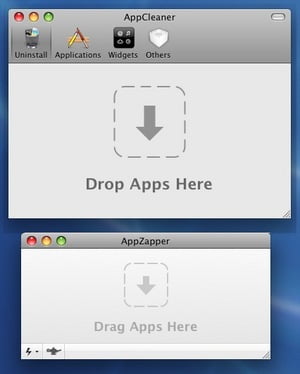Teaching your kids to swim the breaststroke gives them a stroke that combines the kind of positive elements that make it the stroke of choice among many swimmers young and old. . Your kids can use it for both speed and distance stroke with equal satisfaction. When swimming the breaststroke, your child will have the unusual benefit of being able to see straight ahead with every breath . This permits your child to advance safely in a straight line. While some young people favor the American crawl for speed and style, learning to swim the breaststroke gives any young person an additional tool for moving about quickly and confidently in the water.
Sequence of motion. when you attempt to teach your child how to swim the breaststroke you will actually be teaching them a variety of skills: how to breathe, how to use their arms and legs and finally how to coordinate all elements into one fluid motion ending with a prolonged glide. As with many skills, it makes common sense to teach each part of the stroke independently and then work with your child at putting the stroke together.
Breathing Teaching your child to swim the breaststroke means teaching him or her to breath rhythmically. Your child can practice this breathing lying on his stomach in shallow water or by holding on to the side of a pool or dock. You can direct your child to begin by positioning his head so that his chin is in the water while the rest of his face is out of the water with eyes looking straight ahead. Direct your child to take a breath. Next he needs to drop his chin so that his nose and mouth and eyes are under water with his hairline just at the water line. The point here is not to remind him not to tuck his head so much that it will effect his overall body position when swimming the coordinated stroke. A good tip for teaching your child the breaststroke is to remind him or her that the head is the rudder for the whole body. Movements of the head direct movements of the rest of the body. As the head goes so goes the body.
Instruct your child that once his full face is in the water,he needs to exhale slowly. When all air has been released, he needs to once again lift his head slightly to again bring eyes, nose and mouth above the water line to take the next breath. A good advice for teaching your child the breaststroke is to say clearly and slowly, “Take a breath, blow it out. Take a breath, blow it out”.When you are comfortable that your child has mastered the breathing sequence,have him practice it in a prone glide with arms stretched out front or holding a kick board. .
Arm Stroke. Teaching your child how to swim the breaststroke includes teaching him how to move his arms powerfully and efficiently . He can practice the arm stroke in a stationary position either on dry land or standing in chest deep water. Your child should begin with his arms extended in front of him at shoulder level with hands together. Instruct him to turn his hands so that they are back to back with palms ready to push away from each other .
Leading with his palms, fingers closed, he should stroke out to the side until his hands are apart at a distance slightly wider than the spread of his shoulders. Then he should let his elbows drop back towards his body, drawing the hands in close to his body. Finally, with arms side by side, he should shoot them forward in the water back to their original position. After trying this repeatedly while standing, suggest that your child repeat this arm stroke drill in a prone float position with his face in the water. Have him try to do several arm strokes before lifting his head for a breath. The goal here is for your child to learn the arm stroke. Explain to him that coordinating this with breathing will come later.
Breaststroke Kick. Teaching your child to swim the breaststroke includes teaching him the breaststroke or frog kick. The kick can be practiced in shallow water with hands on the bottom or by holding on to a pool or dock edge. Help your child by calling out the cadence as he practices: ” Up, out together” which accurately describes the leg motion. On his stomach, he should first draw his legs up by bending them at the knees. But as he brings his knees up, tell him to turn them out to the side so that he will not draw himself up into a ball. Next, leading with his toes, he should reach his legs out to the side as if stepping out in opposite directions. Then have him complete the kick by driving his legs together hard. The leg stroke combined with the arm stroke will propel your child forward . Don’t forget to have him practice now in chest deep water with a kick board or in prone glide position.
Coordination. For parents trying to teach their child the breaststroke, putting the pieces together is made easy by simply remembering to give him the commands “Head, arms, kick, glide . If he can learn to repeat these commands as he swims he will remind himself of the order in which different parts of the body move in order to execute the stroke. Starting from a prone glide position with face in the water, the swimmer first lifts his head slightly to take a breath. As the head comes up the arms pull back and start their stoke. As the arms bend in, the legs bend up. The arms and legs complete their motion together . Make sure to teach your child to take a restful glide at the end of each stroke to get the full benefit of the stroke with the least exertion.
Teaching your child how to swim the breaststroke means giving him added proficiency , safety and enjoyment in the water. Your child might not come to you to ask you to teach him this stroke, but once he learns it he will forever grateful.





